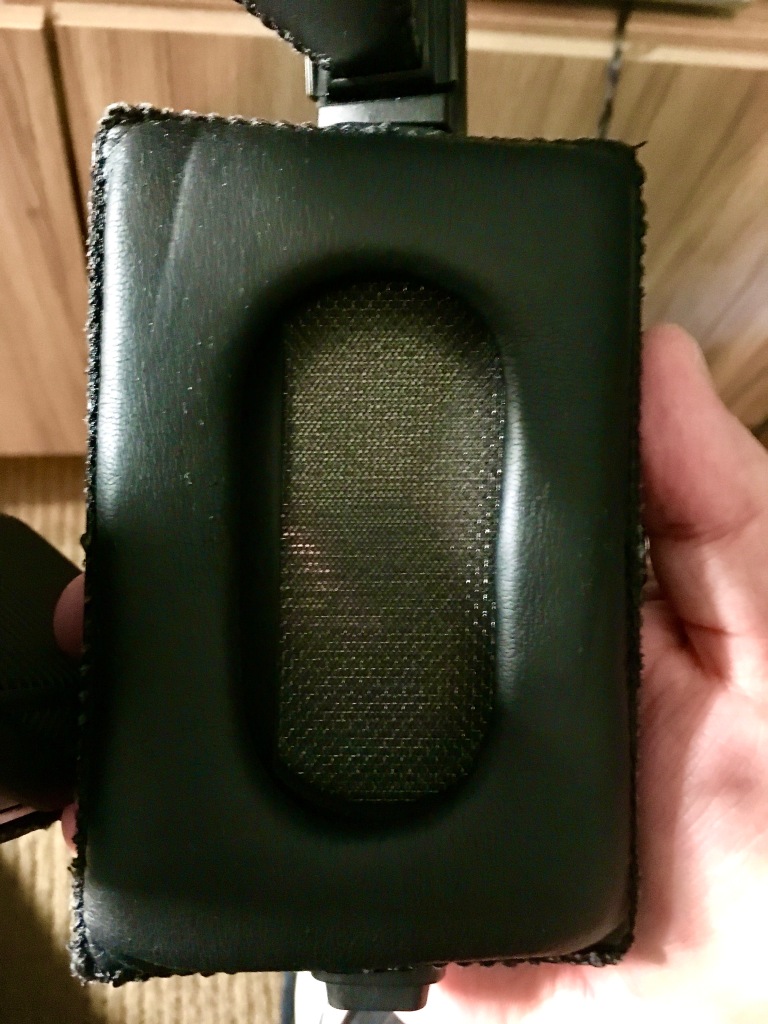General Information
The first SR-Lambda series was introduced 36 years ago and it has further developed into a new-generation SR-Lambda with its newly designed enclosure - the new SR-L700 advanced-Lambda series Earspeaker.
TOP QUALITY SOUND ELEMENT
The SR-009 hand selected thin-film diaphragm as well as fixed electrodes machined through three-layer stainless etching using heat diffusion has been employed for the SR-L700 sound element. Thus, rich deep bass response, delicate high frequency and soothing mid-range has been achieved in a balanced sound.
10-CLICK TYPE HEADBAND ASSEMBLY
The headband (ARC) assembly of the SR-L700 is equipped with 10-click slider mechanism for head pad height adjustment adopted from SR-009. Once adjusted, the slider always maintains its optimal position to make readjustment unnecessary. This enables you to enjoy hours of pleasant music listening with utmost comfort.
LOW CAPACITANCE WIDE HYBRID CABLE
6NCu high purity 99.99999% copper wires are employed for the core wires, and six silver plated high purity 99.9999% copper wires are arranged for the perimeter. The whole cable uses the conventional wide format parallel structure to lower the capacitance between each wires and finished with the most suitable structure to drive the earspeaker.
NEW GENUINE LAMB LEATHER EARPADS:
New earpad design is carefully hand crafted with genuine lamb leather for utmost comfort for hours of music enjoyment as well as sound performance.
SR-L700 SPECIFICATIONS:
Type ush-Pull Open Back Oval Electrostatic Earspeaker Headphone
ush-Pull Open Back Oval Electrostatic Earspeaker Headphone
Frequency Response :7 - 41,000Hz
Electrostatic Capacitance :110pF (including cable)
Impedance :145k Ω (including cable, at 10kHz)
Sound Pressure Sensitivity :101dB / 100V r.m.s. 1 kHz
Maximum Sound Pressure :118dB / 400Hz
Bias Voltage :580V DC
Left & Right Identification
:"L" and "R" indicated on the arc assembly
Left channel cable is marked with a solid line.
Right channel is marked with a dotted line.
Ear Pads :Genuine Lamb Leather (direct skin contact), high-quality synthetic leather (surrounding portion)
Cable :Silver-coated 6N (99.9999%) OFC parallel 6-strand, low-capacity special wide cable, 2.5m full length
Weight :0.8lb without cable / 1.1lb with cable
TOP QUALITY SOUND ELEMENT
The SR-009 hand selected thin-film diaphragm as well as fixed electrodes machined through three-layer stainless etching using heat diffusion has been employed for the SR-L700 sound element. Thus, rich deep bass response, delicate high frequency and soothing mid-range has been achieved in a balanced sound.
10-CLICK TYPE HEADBAND ASSEMBLY
The headband (ARC) assembly of the SR-L700 is equipped with 10-click slider mechanism for head pad height adjustment adopted from SR-009. Once adjusted, the slider always maintains its optimal position to make readjustment unnecessary. This enables you to enjoy hours of pleasant music listening with utmost comfort.
LOW CAPACITANCE WIDE HYBRID CABLE
6NCu high purity 99.99999% copper wires are employed for the core wires, and six silver plated high purity 99.9999% copper wires are arranged for the perimeter. The whole cable uses the conventional wide format parallel structure to lower the capacitance between each wires and finished with the most suitable structure to drive the earspeaker.
NEW GENUINE LAMB LEATHER EARPADS:
New earpad design is carefully hand crafted with genuine lamb leather for utmost comfort for hours of music enjoyment as well as sound performance.
SR-L700 SPECIFICATIONS:
Type
Frequency Response :7 - 41,000Hz
Electrostatic Capacitance :110pF (including cable)
Impedance :145k Ω (including cable, at 10kHz)
Sound Pressure Sensitivity :101dB / 100V r.m.s. 1 kHz
Maximum Sound Pressure :118dB / 400Hz
Bias Voltage :580V DC
Left & Right Identification
:"L" and "R" indicated on the arc assembly
Left channel cable is marked with a solid line.
Right channel is marked with a dotted line.
Ear Pads :Genuine Lamb Leather (direct skin contact), high-quality synthetic leather (surrounding portion)
Cable :Silver-coated 6N (99.9999%) OFC parallel 6-strand, low-capacity special wide cable, 2.5m full length
Weight :0.8lb without cable / 1.1lb with cable








Also I think the combo energizer deals are the way to go! But they're always sold out.